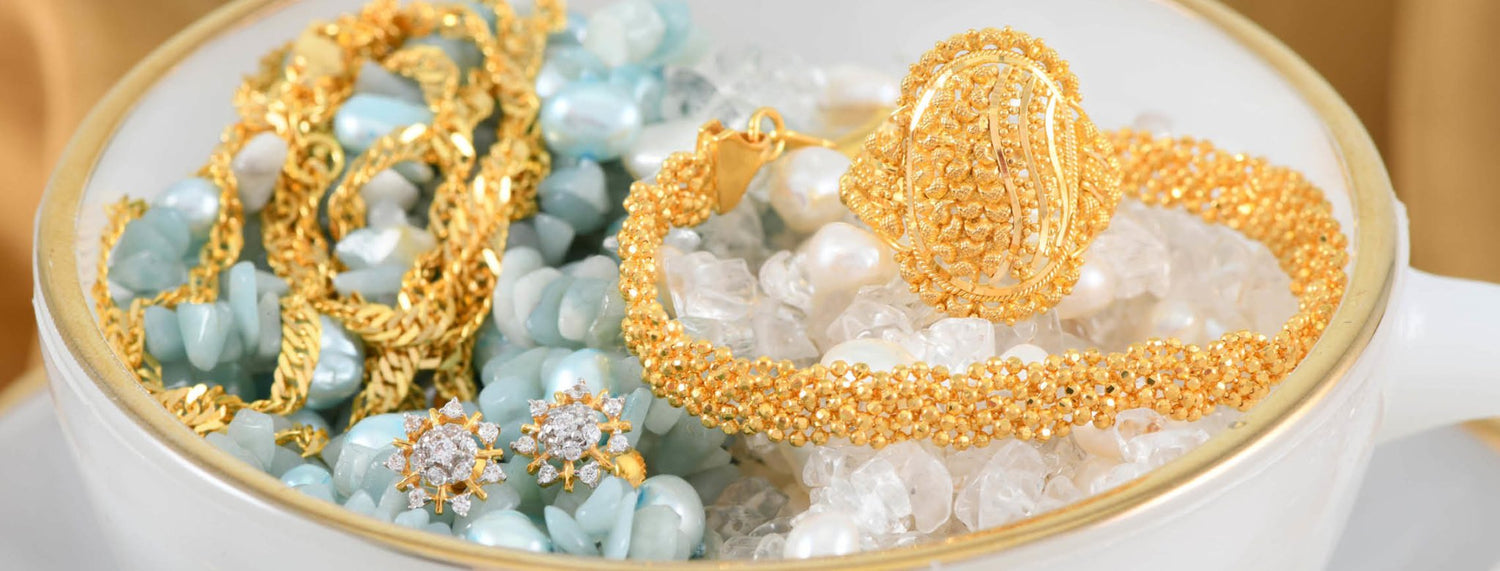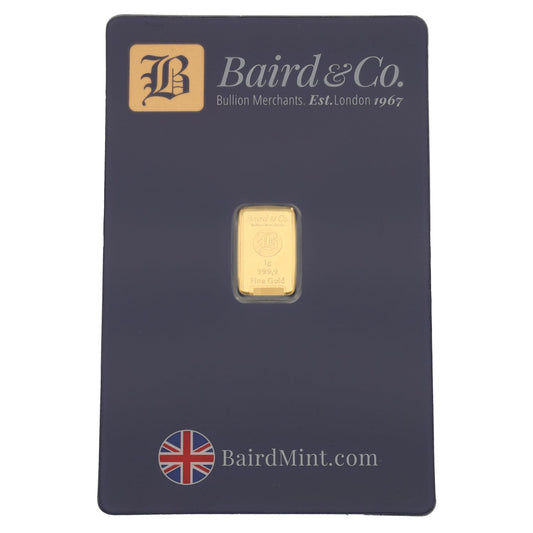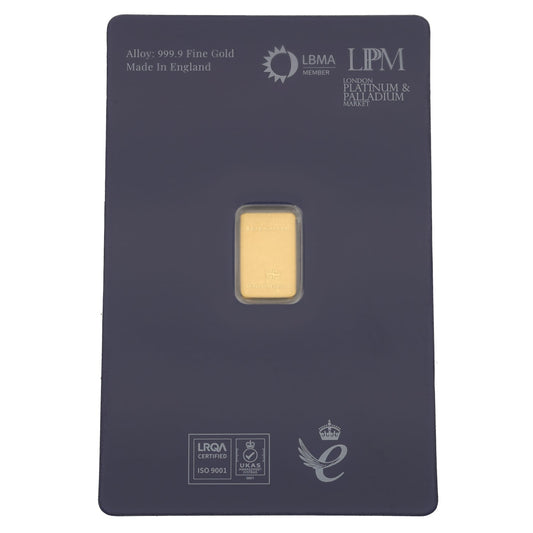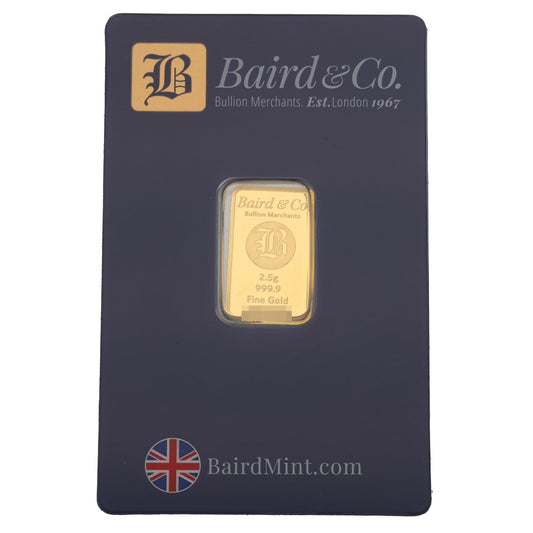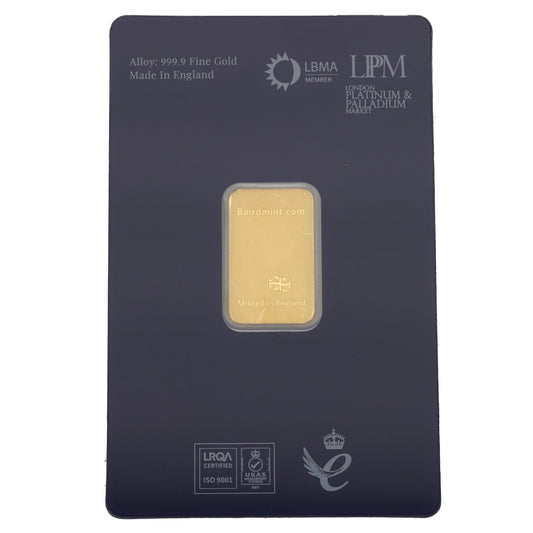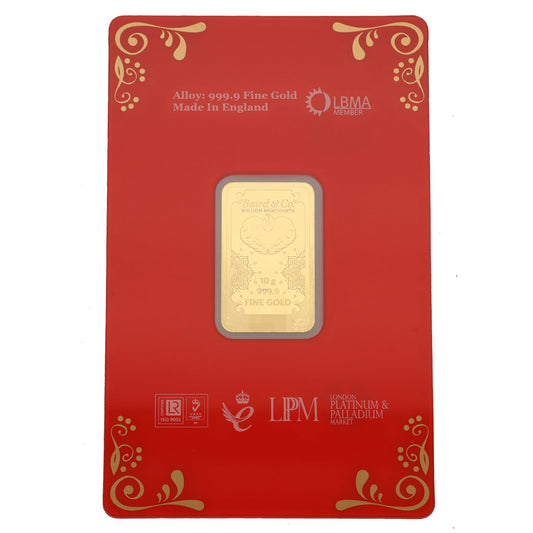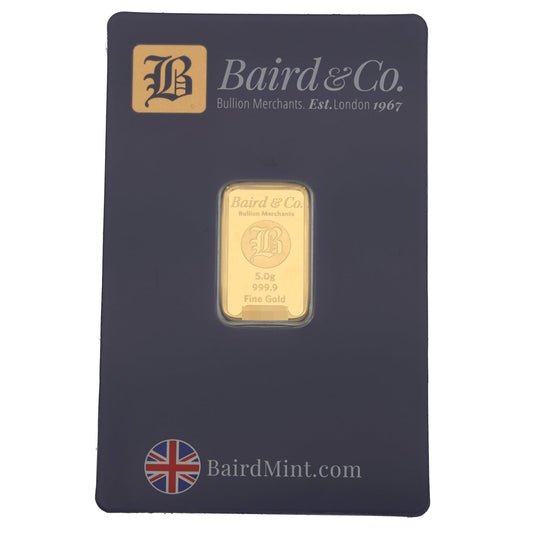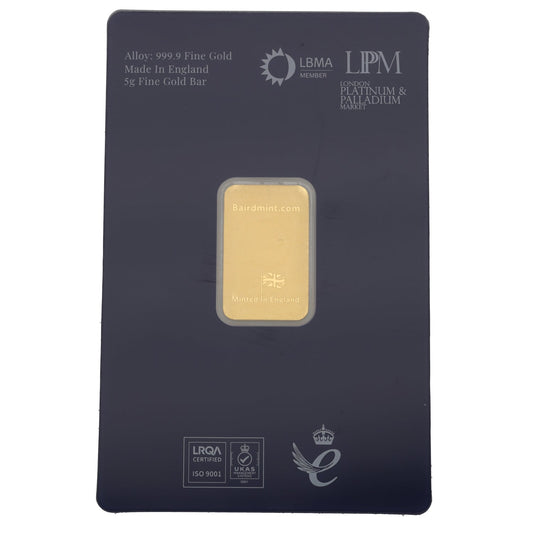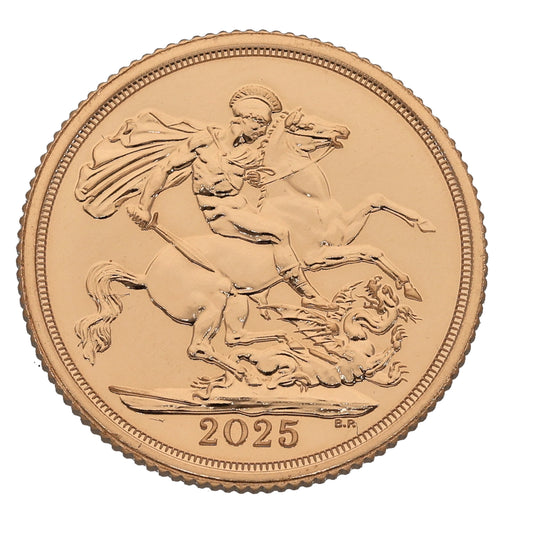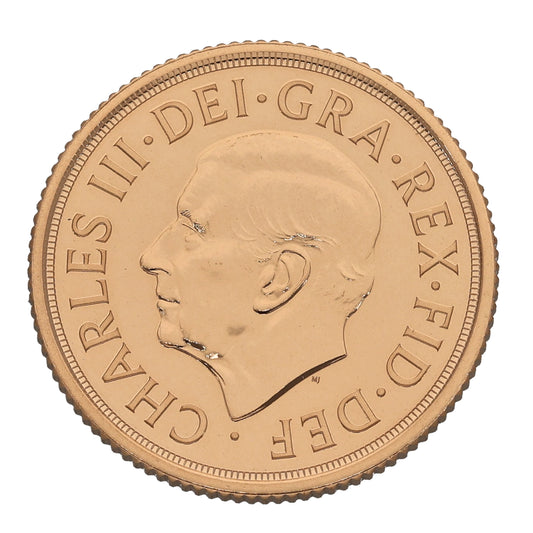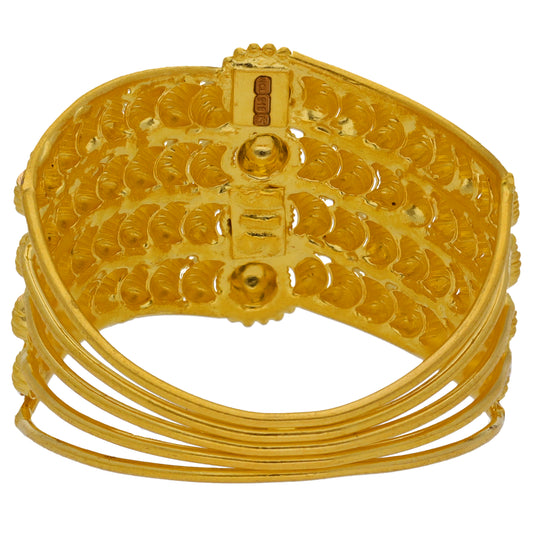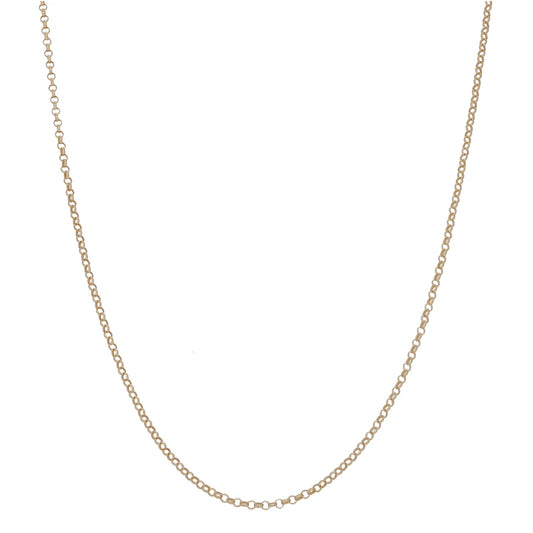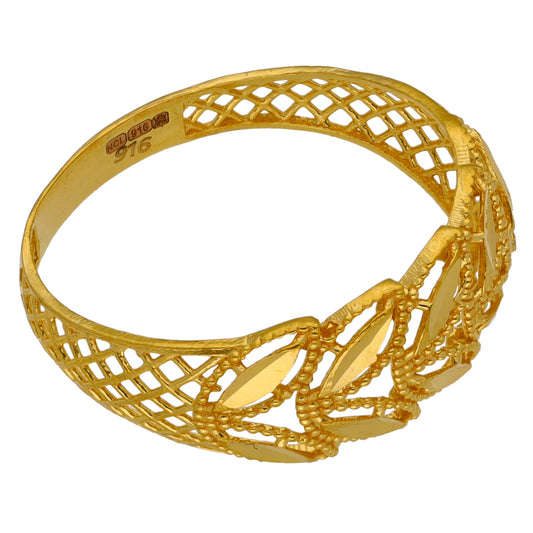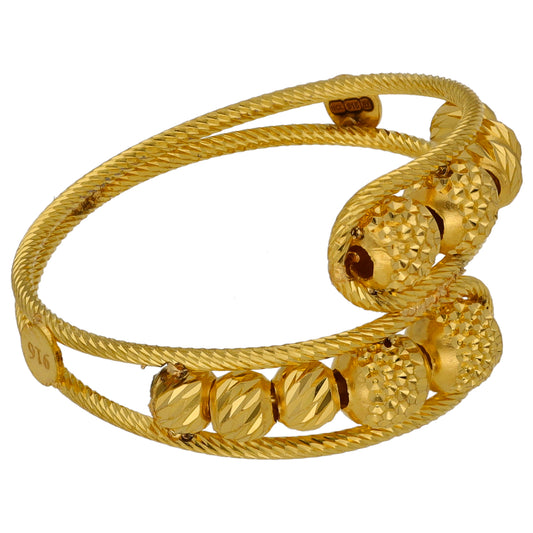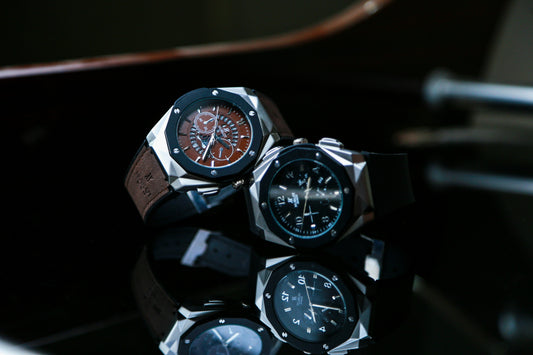The word pawnbroking itself does not come from the original Chinese iteration of the trade, but from the Latin word for ‘pledge’, which is ‘pignus’, and over the years has eventually become ‘pawn’.
Pawnbroking in Popular Culture
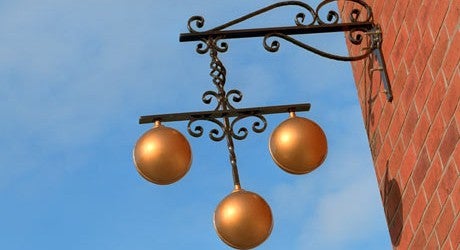
The vast majority of us are familiar with St. Nicholas – the Christian Saint who is also known as Santa Claus. It is thought that St. Nick was a secret gift-giver, which is why he has become such a huge part of the Christmas traditions we know so well. What you may not know, however, is that St. Nicholas is also the patron saint of pawnbrokers. Although very little is known about him, according to legend he once gave three small bags of gold to a very poor man who was about to sell his three daughters into slavery, as he could not afford to house and feed them; nor could he afford a dowry so that they could be married. The three bags of gold saved the daughters from being sold, and the symbol of the modern pawnbroker – three golden balls – are said to originate from this tale.
If you know the traditional nursery rhyme song, ‘Pop Goes the Weasel’, then you may have been singing about pawnbroking without even realising it. The famous rhyme was written in around 1850 and is thought to refer to pawning a coat in order to get money for food; ‘half a pound of tuppenny rice’ and ‘half a pound of treacle’. The last line, ‘Pop goes the weasel’ actually isn’t about an animal at all. ‘Weasel and stoat’ was Cockney rhyming slang for ‘coat’ and to ‘pop’ something meant to pawn it.
Notable ‘real-life’ customers of the early pawn loan are Pope Leo X and King Edward III, who both took advantage of - what was at the time - a relatively new form of borrowing. Pope Leo X officially approved the practice of pawnbroking under the Catholic Church in 1515 and once had to pawn his own silver and palace furniture in order to pay his extravagant personal bills. King Edward III however, required money to fund the military for the Hundred Years’ War, so he pawned his jewels to raise the funds.

Pawnbroking in Modern History
Since the Victorian times, pawnbroking has gone through a number of changes. Many stories and accounts from the time portray pawnbrokers as unscrupulous, and their customers as poor and desperate. Unfortunately, this ‘romanticised’ view of the trade has done a lot of harm to the reputation of pawnbroking. Many still believe that it’s an unregulated, unscrupulous industry, when in fact it’s been heavily regulated for quite some time.
These days, pawn loans can be taken out on a huge number of items from precious jewellery, gold, diamonds and gems, to art, antiques, collectibles and even designer fashion. The industry has seen something of a resurrection: pawn loans were not as desired after the Second World War due to the introduction of social welfare. Since the 1980s however, the financial world has gone through some of the biggest changes yet.
Now that the 2008 recession is becoming a distant memory and consumers have more options than ever before when it comes to borrowing money, pawnbroking is a legitimate and professional avenue to go down. For well over 2,000 years pawnbroking has held on and thrived in almost every culture around the world – if it didn’t work for both the customer and the lender, then it certainly wouldn’t have lasted this long. The internet has also helped launch pawnbroking back into the real world – you can apply online for a pawn loan if you don’t have a branch near you.

Pawnbroking Today
Today – in 2019 – pawnbroking is a highly professional and heavily regulated industry. Since the 2008 recession, financial institutions and money lenders have had stricter rules to follow, so that the same situation cannot arise again. The Financial Conduct Authority (FCA) took over consumer credit from the Office of Fair Trading in 2014 and has created many new rules and guidelines for lenders to follow in the years since.
Pawnbrokers are regulated in much the same way that a bank or building society is – they must be authorised by the FCA in order to legally lend money to you. Pawnbrokers are also not allowed to make any profit from any pawned item which ends up on their shelves due to failed repayments. Many people do not realise this, but they cannot sell the item for more than the pawned amount – and if it does end up selling for more, they have to legally pay the original owner the difference. This rule has been instated so that the more unscrupulous lenders are discouraged from lending to people they know cannot repay the loan, simply to gain the item for future profit.
The pawnbrokers of today are a far cry from the Victorian portrayal – entering a H&T branch is like going to your everyday high-street bank; you’ll be met with modern, comfortable décor and professional staff. We also have a huge range of financial service products, pre-loved jewellery and luxury watches in-store as well as foreign currency at great rates. Come and see us at your local branch today.
References:
- https://www.historic-uk.com/CultureUK/The-Pawnbroker/
- http://mentalfloss.com/article/26891/they-buy-gold-brief-history-pawn-shops
- https://en.wikipedia.org/wiki/History_of_pawnbroking
REPRESENTATIVE 165.5 %APR
Pawnbroking Loans are secured on your items, if the loan is not repaid it will be sold to pay the debt.
